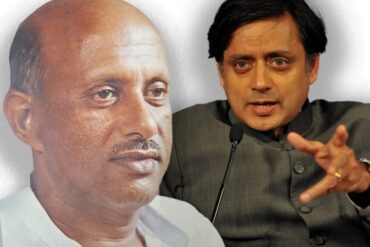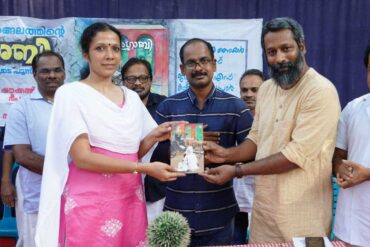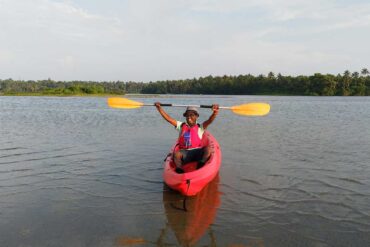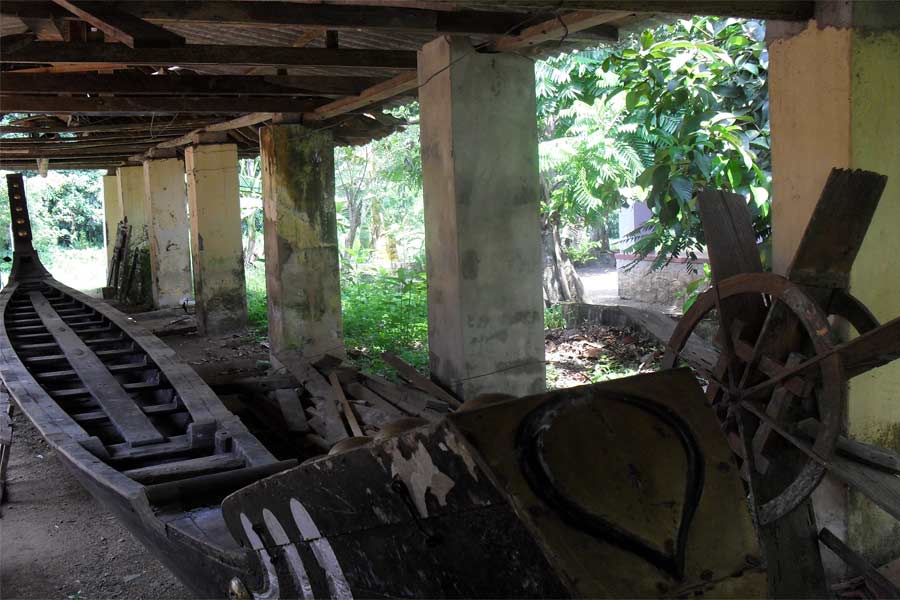The Mepral house, my maternal family’s ancestral home, was known as “the house with the vallom (boat)” for miles around. There was never any need to prefix ‘kali’ or ‘race’ to the boat, it was a tacit acknowledgment that it was no ordinary country boat. Though this vallom called Delhi was not in the larger Chundan league, it had a splendor of its own. I recall the ceremonial thrusting of the Delhi boat from the boat house into the Mepral river in Thiruvalla, for the season. It was preceded by a small pooja—she was adorned with a string of Jamanthi poovu (Chrysanthemum flowers) and her hull embellished with the auspicious three lines of sandalwood paste.
However gently the men pushed her into the river, guided by their rhythmic shouts and grunts, she always managed a splash when she hit the waters. The water would rise high and she would majestically dwarf the river, her sides almost straddling the river’s breadth. By then there would be an astonished crowd of people, all having deserted their daily chores, gawping at Delhi bobbing on the river till she steadied herself, perhaps using the Archimedes principle. I always felt that Delhi was made for much bigger waters and not for a measly tributary of the River Pampa, but this was her home for nearly three-quarters of a century.
The name ‘Delhi’ for a boat had always intrigued me and more I asked around the curiouser the story got. Two of my maternal uncles, George P Kuruvilla and his cousin P J Kuriakose, are story tellers in their own right and I, armed with copious amounts of salt, was determined to take it all in with an occasional pinch. Some would call it a futile exercise but it was a fascinating one—I found myself drawn into a labyrinth of interconnected stories, myths and legends, fantasies and refutations—I could no longer delineate fact from fiction. So much for that salt.
The story goes, according to George, that my great grandfather, Kuruvilla Kochutty Kuruvilla (for the NRC record), who was plagued by diabetes mellitus which was referred to colloquially as ‘sugar’, had held a grand funeral for a severed limb. Kochutty Kuruvilla had a churalan (curled bow and stern) boat before he came to possess the race boat called Delhi.
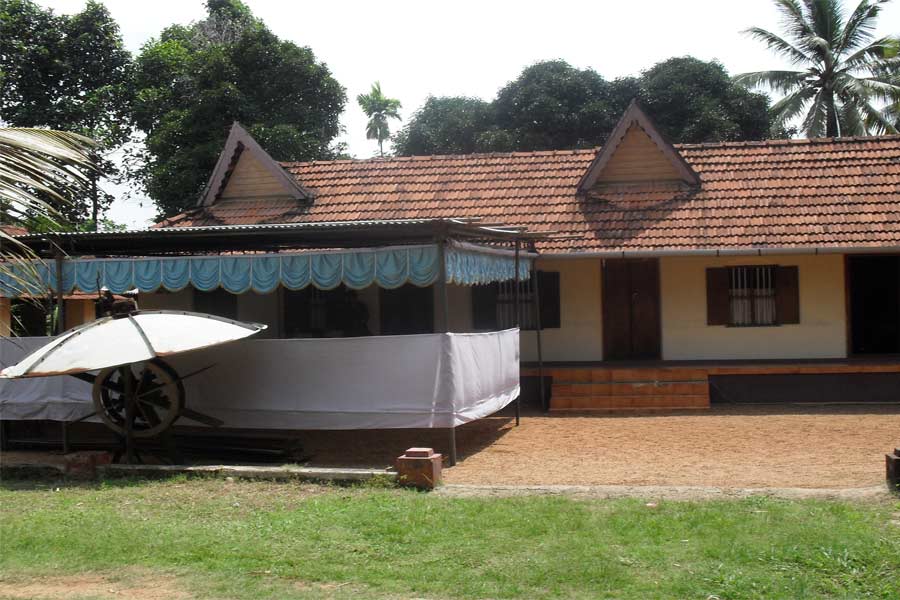
Sometime in the 1940s, a rice merchant, while visiting Kochutty Kuruvilla, enquired if the churalan boat was for sale and the old man, assuming the offer was made in half-hearted jest, muttered a preposterous price. The rice merchant promptly returned with the money and bought the boat. Remember now Kochutty Kuruvilla had that grave condition called ‘sugar’ and, he slipped into depression as he yearned for his lost churulan boat. In George’s very words: he neither ate nor slept. So Vasu, his amarakaran (the helmsman who stands on the highest portion of the boat), was quickly despatched and a race boat in Veeyapuram was located whose owners were ready to close the deal without a fuss.
Kuriakose, the younger of my two uncles by many years, has another tale to tell which he claims he gleaned from his late father. According to him, Kochutty Kuruvilla, (yes, the same granddad), was taunted by his brother-in-law, Pooppally Kuttichan of Alappuzha, for not owning a race boat. Pooppally Kuttichan owned the magnificent Napoleon chundan vallom, which had led the dramatic boat cavalcade when Jawaharlal Nehru, the first prime minister of India, visited Kuttanad and Alappuzha a few years later, in 1952 (we are coming to that in a bit).
As I said earlier, a matter on which both my uncles agree upon, Vasu, the amarakaran, found Kochutty Kuruvilla a veppu boat (a category of boat distinctly different from Chundan and Churalan) which was terribly damaged. But the old man was impressed by the curve of the boat and the caparisoned gleam of its amaram and thalla (stern and bow). The boat was hauled to Mepral and the finest aasari (carpenter) in the land, Narayanan Kuttan aasari was given the task to repair it and make it top class. The boat was simply anointed with the family name.
Jawaharlal Nehru’s arrival in Alappuzha in 1952 would change that and besides, his visit spawned a thousand stories. Kochutty Kuruvilla got word from his brother-in-law, Pooppally Kuttichan, that snake boats and other race boats would be giving a reception to Nehru in Vembanad lake in Kuttanad, so Kochukutty Kuruvilla took along his oldest grandson George, my uncle, then all of eleven years, his rowers and helmsmen to greet Nehru.
Says 88-year-old Babu Cherian Elenjikal (no relation of mine), who was witness to the reception in R Block in Kuttanad. “I was around 21-years old and studying in Berchmans college, Changanaserry. It was a grand sight, I vividly recall that the race boats were spread across the Vembanad Lake and Nehru in a white attire was sitting atop a boat. Later, I heard over the radio, Nehru’s description of Kuttanad, ‘the picturesque beauty of this land.’ I didn’t know the meaning of the word ‘picturesque’ then and I still remember I had to refer the dictionary to figure that out.”
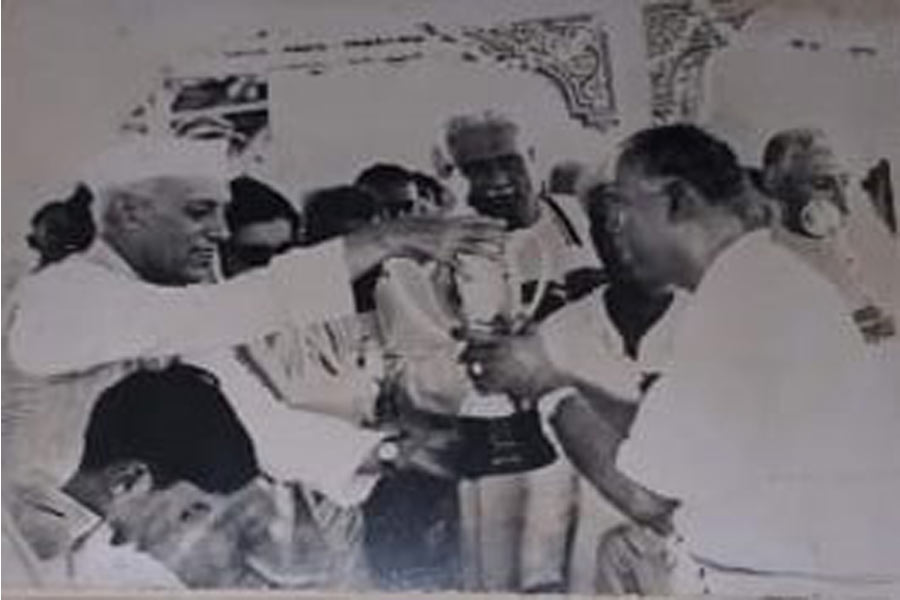
Nehru is believed to have met Pooppally Kuttichan and enquired about Napoleon. He’s said to have asked Pooppally Kuttichan why he had named his boat ‘Napoleon’ when everyone else had bestowed their boats with their family names. Kuttichan had replied that the name could not be easily forgotten. My great-grandfather Kochukutty’s boat which was part of the boat cavalcade had moved alongside the Napoleon and this fleeting encounter with Nehru, even from a distance, is said to have left a deep impression on the old man.
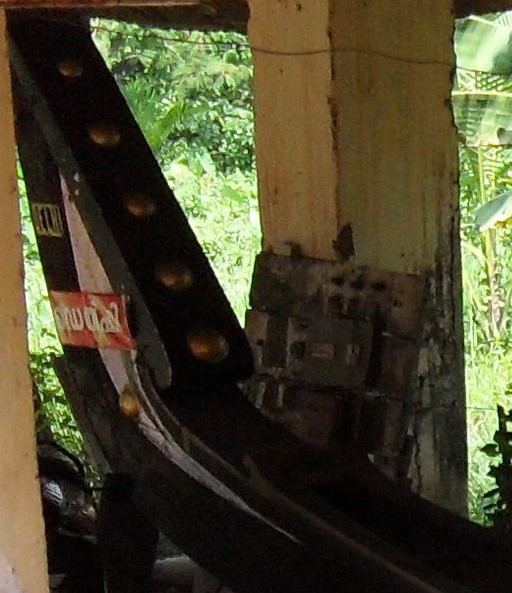
At the exhibition snake boat race organized for Nehru at Alappuzha, the prime minister who could hardly contain his excitement is believed to have jumped up and down when Nadubhagom Chundan won the race. He jumped onto the middle of the boat and was taken on the victory lap to the boat jetty says Babu Cherian Elenjikal. (After a span of 67 years Nadubhagom Chundan won the 2019 Nehru trophy boat race too.)
On his return, in a fervor of patriotism and love for the nation, Kochukutty Kuruvilla named his beloved race boat ‘Delhi’ after the young nation’s capital. Kochukutty was not the only one to have been smitten by the patriotic bug—another boat goes by the name Jawahar Thayamkarry.
The Nehru Trophy Boat race website completes the story, “On his return to Delhi in December 1952, Nehru donated a Silver Trophy, which is a replica of a snake boat placed on a wooden abacus. The trophy bears the following inscription above his signature:“To the winners of the boat race which is a unique feature of community life in Travancore Cochin.” This trophy later came to be known as the Nehru Trophy in fond memory of great Panditiji.”
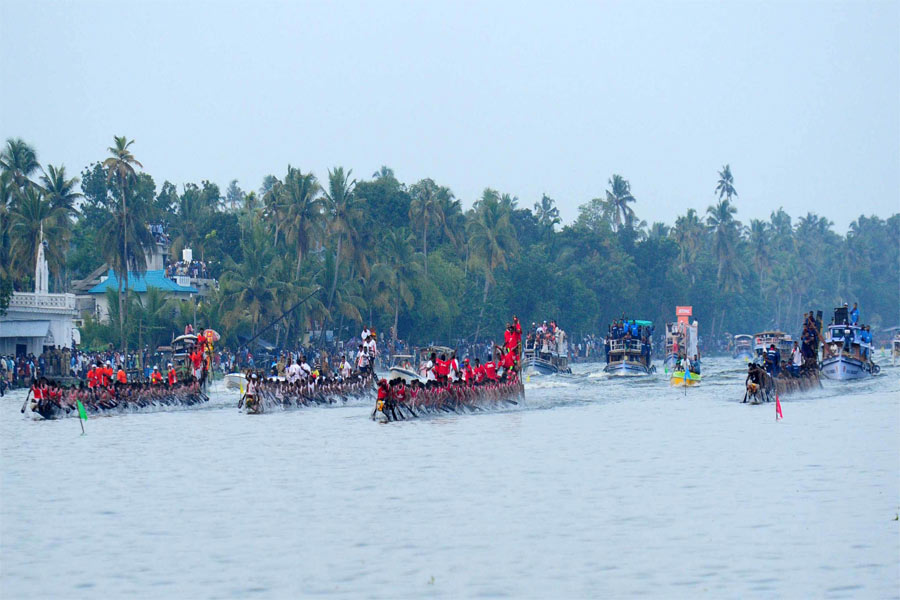
Many years later, under the exuberant captaincy of my late uncle Moncy, the Delhi boat continued to win many a cup at the boat races. In those days, Shobana Boat Club consisting of the local youth took it on themselves to practice hard and row the boat to victory. The boat didn’t just belong to the family; it was the pride of the village. At Moncy’s wedding, the bride and the groom came over the river from the church to the Mepral house on a fabulously decorated Delhi. It’s been nearly three decades since Moncy passed away and as requested by him he was buried with an oar. Moncy’s spirit—a towel tied around his head, his body rhythmically shaking, bellowing Kuttanadan punchayile, thi thai thaka thai thai thom, kochupenne kuyilale, thi thai thaka thei thei thom…thi thi thara thi thi thai, thi thai thaka thei thei thom…still roams around his Mepral.
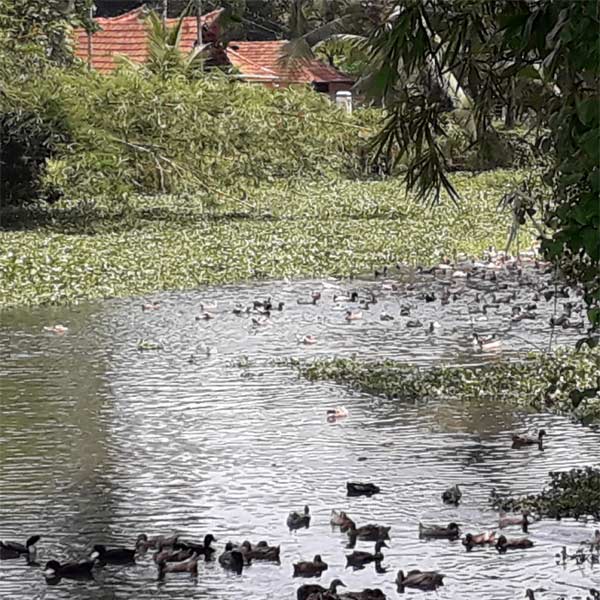
Post Script: The family sold Delhi off a few years ago and, in the last two years, though we sit glued feverishly to the television sets during the races, Delhi has not participated in a single race. Is it time to write an epitaph for Delhi I wonder? Perhaps, not yet…
The pictures of Delhi were taken in 2011 by Avran ittyipe

